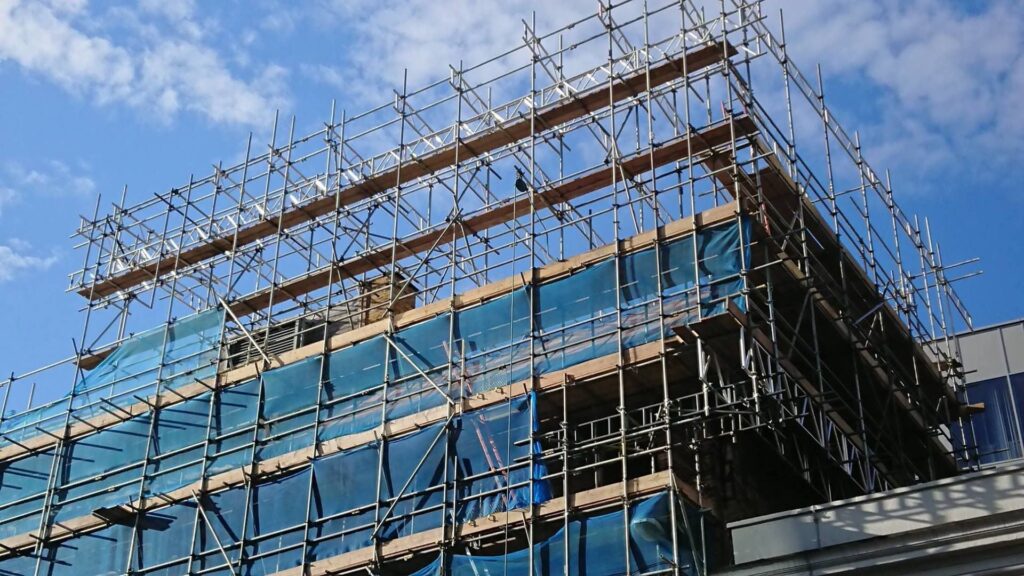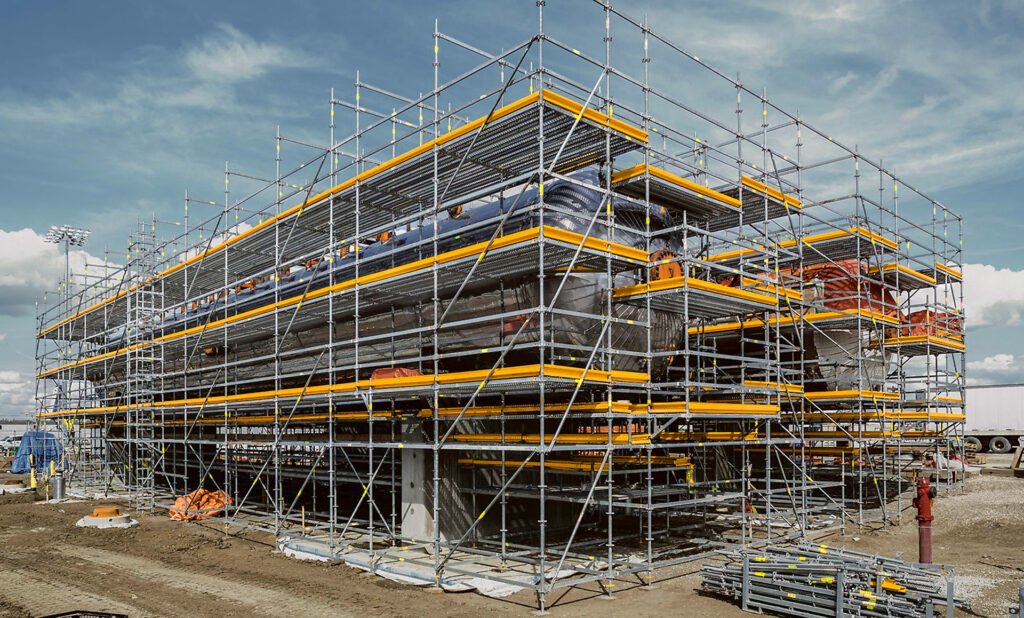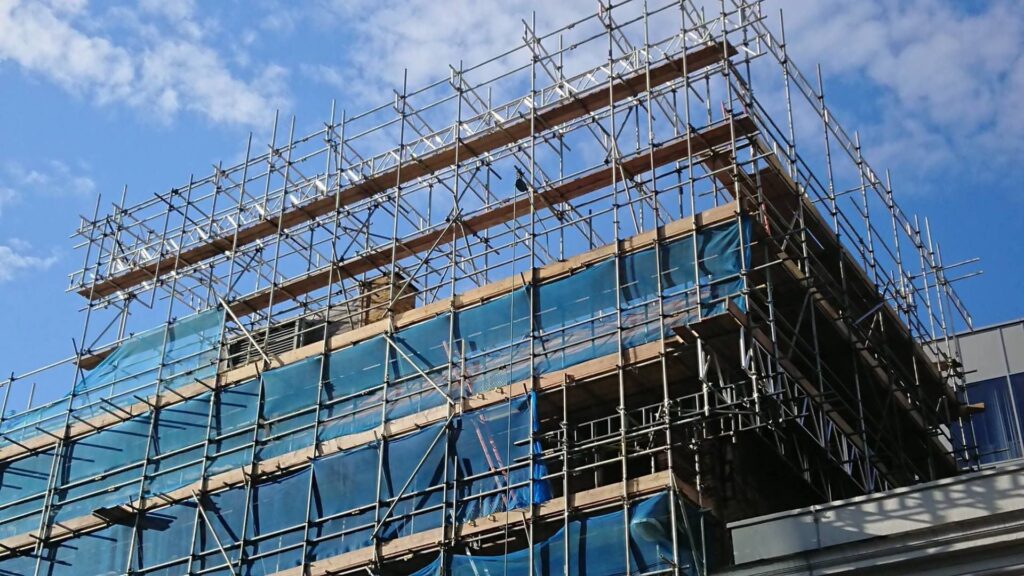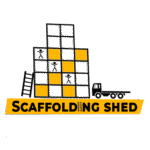New York City is unlike any other place in the world when it comes to construction. With millions of residents, thousands of ongoing projects, and strict Department of Buildings (DOB) codes, scaffolding is more than just equipment — it’s a lifeline for safe construction.




